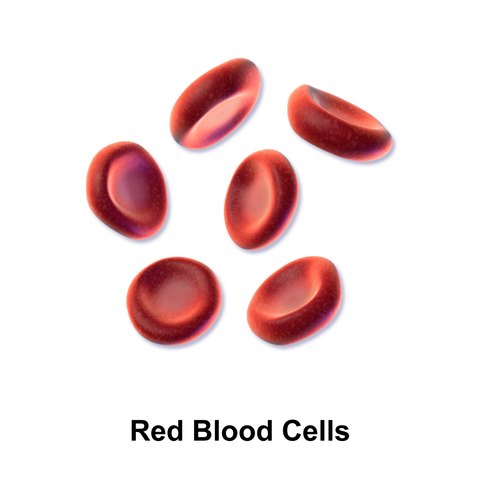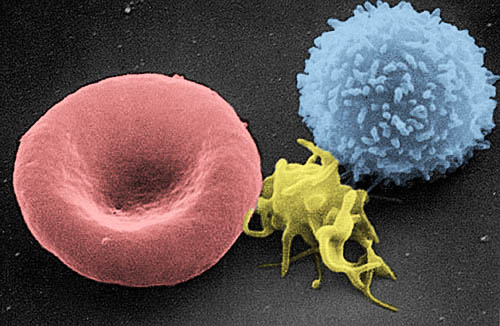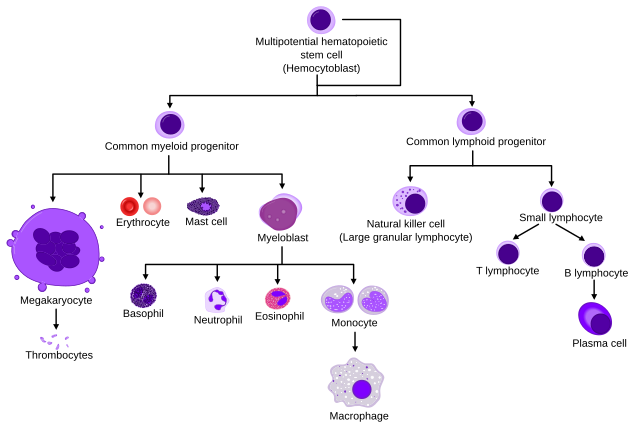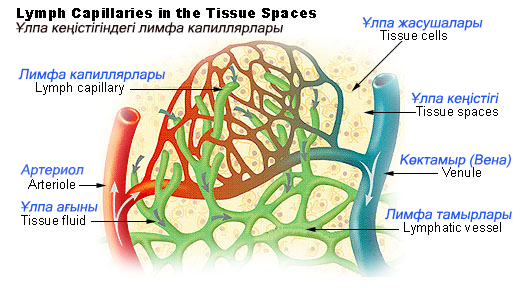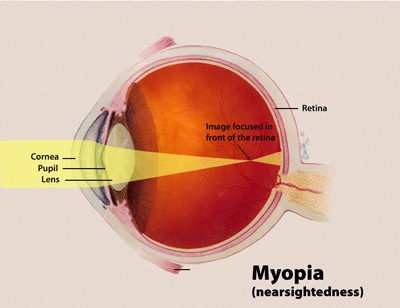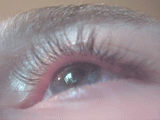We just learned that there are three types of blood cells, white blood cells, red blood cells and platelets.
Let's learn a little more about the white blood cells.
There are 5 different types of white blood cells!
One of the types of white blood cells is called a Lymphocyte.
Remember we learned that lymph is a white liquid carried in the lymph capillaries and then the lymphatic vessels, and the lymph nodes help clean out all the bad stuff in the lymph.
Lymphocytes are types of white blood cells that help fight off bad diseases, and in the white lymph liquid there is more of this type of cell than any of the other ones.
There are 3 different types of lymphocytes: T cells, B cells and NK (natural killer) cells and they each have a different job to help fight the bad diseases that attack the body.

(from: wikipedia - lymphocyte)
Kid Facts - Blast from the past: Vitreous Body

